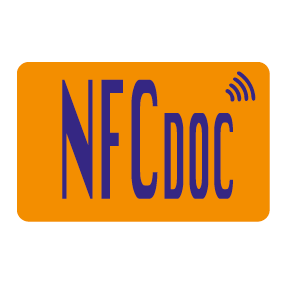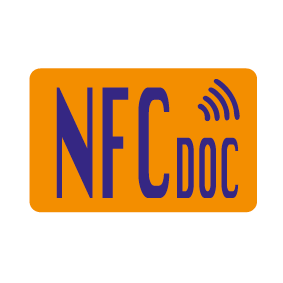The Xerafy Mercury Metal Skin is a high-performance UHF RFID label designed for asset tracking on metal surfaces

The Xerafy Mercury Metal Skin is a high-performance UHF RFID label designed for asset tracking on metal surfaces. It offers flexibility, durability, and strong read performance, making it ideal for industrial applications.
Technical Specifications of xerafy Mercury Metal Skin
- RF Protocol: EPC Global Gen 2, ISO/IEC 18000-6C.
- Operating Frequency: 902-928 MHz (US), 865-868 MHz (EU).
- IC Type: NXP UCODE 9 / Impinj Monza R6-P.
- Memory: 96-bit EPC, 96-bit TID (NXP) / 128-bit EPC, 48-bit TID, 32-bit user memory (Impinj).
- Read Range (Fixed Reader): Up to 8 meters (26.25 feet) on metal.
- Read Range (Handheld Reader): Up to 6 meters (19.69 feet) off metal.
- Polarization: Linear.
- IP Rating: IP68 (waterproof and dustproof).
- Operating Temperature: -40°C to +85°C.
- Storage Temperature: -40°C to +85°C.
- Compression Strength: 634 kPa.
- Vibration Resistance: MIL-STD-810G.
- Printer Compatibility: Sato CL4NX, Zebra ZT411R, Postek TX3r, TSC Printronix T6000e.
- Warranty: 1 year.
Key Features
- Flexible Label: Designed for curved surfaces.
- Multi-Surface Compatibility: Works on metal and liquid surfaces.
- Printable: Supports human and computer-readable printing.
- Long Read Range: Up to 8 meters for efficient tracking.
This RFID label is widely used in global supply chains, logistics, data centers, and e-commerce. You can explore more details here. Would you like insights on its applications or integration? 😊
applications of xerafy Mercury Metal Skin
The Xerafy Mercury Metal Skin is a high-performance UHF RFID label designed for asset tracking on metal surfaces. It is widely used in various industries due to its flexibility, durability, and strong read performance. Here are some key applications:
1. Industrial Asset Tracking
- Used in manufacturing and logistics to track tools, equipment, and machinery.
- Helps improve inventory management and operational efficiency.
2. IT Asset Management
- Enables accurate tracking of servers, laptops, and data center equipment.
- Helps prevent loss and unauthorized movement of assets.
3. Healthcare & Medical Equipment
- Used in hospitals and clinics to track medical devices and instruments.
- Ensures efficient asset utilization and reduces misplaced equipment.
4. Returnable Transport Items (RTIs)
- Helps track pallets, containers, and reusable packaging in supply chains.
- Improves logistics visibility and reduces losses.
5. Work-in-Progress (WIP) Tracking
- Used in production lines to monitor components and assemblies.
- Enhances workflow efficiency and reduces errors.
6. Aerospace & Defense
- Enables tracking of aircraft components and military equipment.
- Ensures compliance with regulatory standards.
These RFID labels are designed for harsh environments and provide reliable tracking even on curved or irregular surfaces. You can explore more details here.
How to customize
Applicable for Mercury Metal Skin, Delta Metal Skin, Platinum Metal Skin, Platinum Metal Skin
Standard tagging solutions that are fully personalized for RFID systems, to the exact specifications of the critical assets and equipment they are tracking.
Service Bureau customization options are available to mark and program RFID tags.
On the other hand, RFID labels printing can be done in the field or taken care of by the Service Bureau.
And for unique requirements and features, it is also possible to custom build a tagging solution.
Customized using physical markings to feature an asset identification number, a barcode, or a logo for instance.
Custom asset tags can be custom marked in the field, or be taken care of by the Service Bureau of the manufacturer or distributor.
encode
Programmable tags use RFID chips that are specifically designed with memory that can be written.
This allows for the tags to be encoded with custom EPC ranges for unique identification, serialized or unserialized.
The quantity of information that can be encoded will depend on the specifications of the chip being used.
RFID Engineering
Can be designed specifically for a tracking system’s application and deployment requirements: Form factor, material, mounting system, read range, accuracy, user memory, fixed and/or handheld RFID readers, on-site printers and encoders, software configuration.
Connected assets are an example of custom-built RFID tagging solutions that refer specifically to equipment that OEMs have designed with RFID and IOT features built-in.
If you need more details about this specific subject, MAIL TO
SELECT THE PRODUCT OF YOUR INTEREST (sib)




